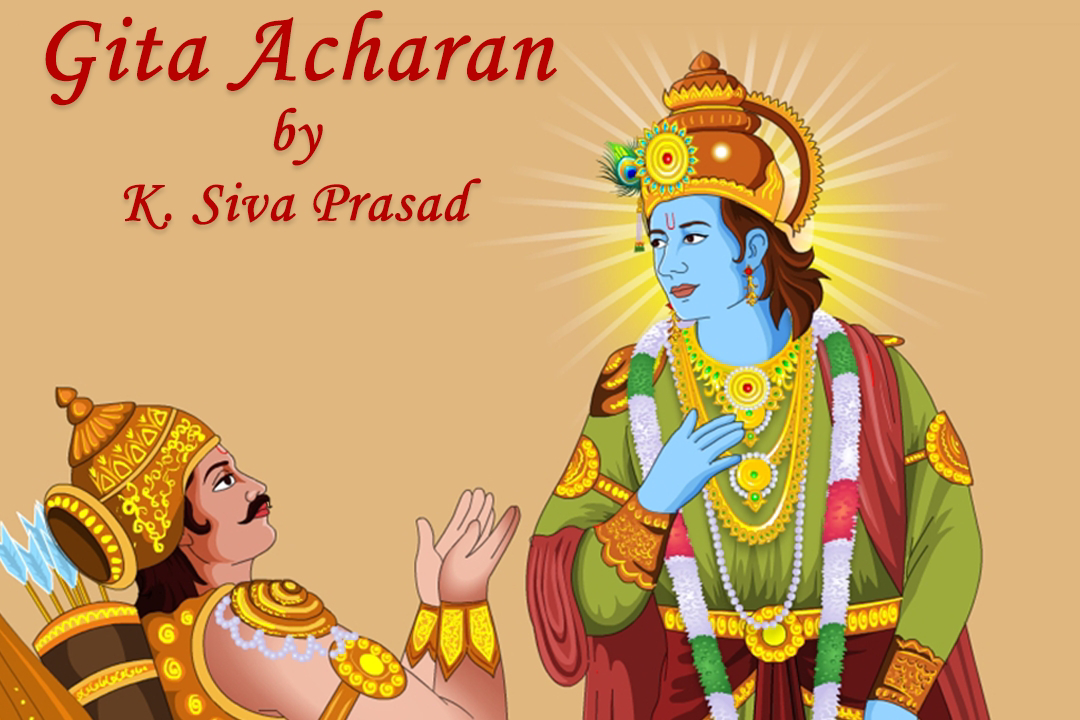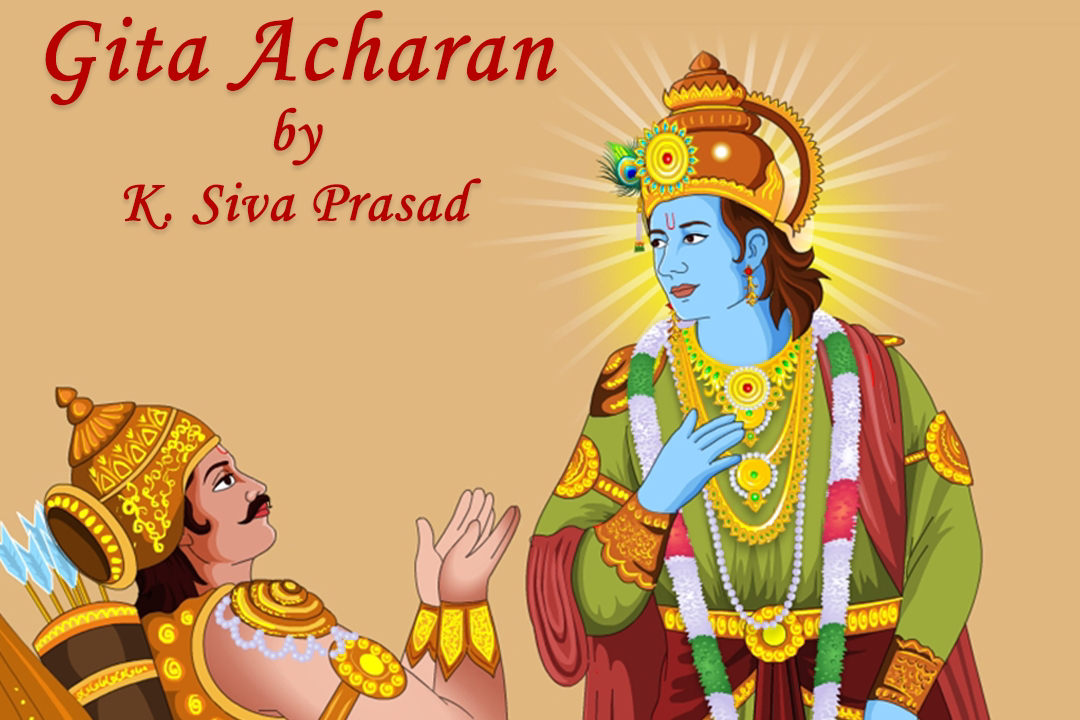216. Transcending Fear

The sixteenth chapter of the Bhagavad Gita is titled ' Daiva-Asura Sampad Vibhag Yoga' . It is attaining Union through the distinction of the Divine and Demonic Natures. Each one of us represents several possibilities, which can be clubbed as Daiva (divine) and Asura (demonic). ' Daiva ' is the internal journey towards Paramatma and ' Asura ' is away from HIM. Krishna mentions ' Abhayam ' as the first Daiva quality (16.1). Though Abhayam is interpreted as fearless, it is beyond that. To understand the Bhagavad Gita, we should always keep in mind the third alternative. It is neither raag (fondness) nor viraag (aversion) but transcending both to be veet-raag which is the third stage. Similarly, it is neither aasakti (attachment) nor virakti (detachment) but it is anaasakti . We are quite aware of the polarities of aasakti/raag or virakti/viraag , but transcending to the third stage is the challenge. Similar is ' Abhayam ', wh



